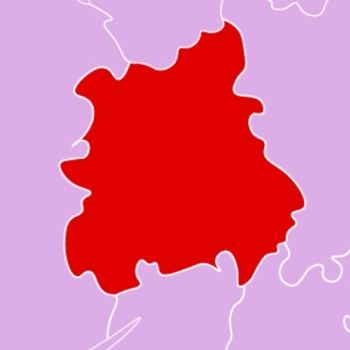Mining for Heat
Add to calVirtual
Deep coal mining in the UK ended in 2015 leaving a legacy of over 23,000 disused coal mines created following the extraction of 17 billion tonnes of coal over the past two centuries. The coal has long since been mined, traded and burned yet the voids that remain following its removal offer many opportunities for supplying resources including heat and water.
The Coal Authority owns the disused mining infrastructure and was established in 1994 to manage this in order to protect both people and the environment. This includes managing ground stability and mine waters. There are over 80 sites across the UK where mine water is pumped or flows naturally to surface before being treated and released to surface waters. Collectively, these discharges contain around 100MW of heat.
No longer viewed as a liability, the disused mining infrastructure is now seen as an asset of strategic national importance. Nine out of ten of our largest cities are located on the coalfield and 25% of people live above disused mines. This is not surprising as many of our towns and cities grew due to their coal reserves. Today, this creates a good correlation between heat demand and a resource that could help to decarbonise that heat demand whilst offering a host of other opportunities.
This presentation will outline some of the work being undertaken by the Heat and By-product Innovation Team at The Coal Authority with a particular focus on the mine water heat opportunity. The Coal Authority works closely with the British Geological Survey, Durham University Durham Energy Institute, BEIS, Local Authorities and the North East Local Enterprise Partnership on developing this innovative approach.



